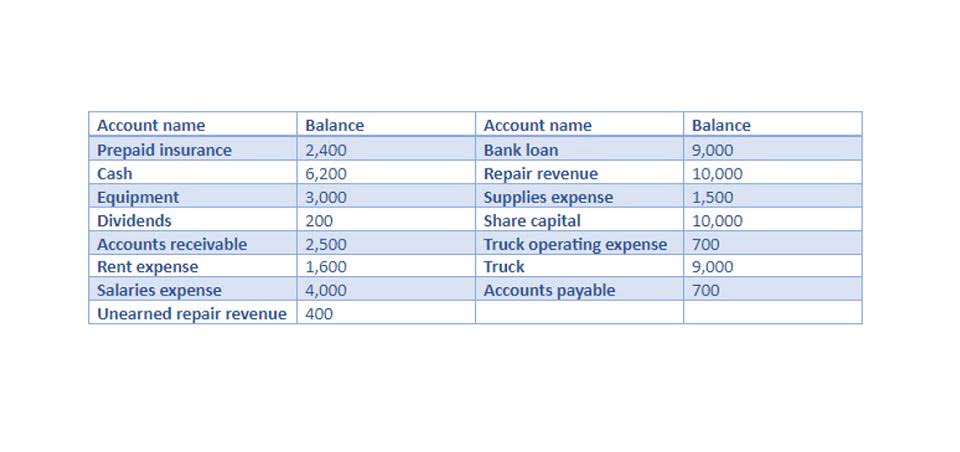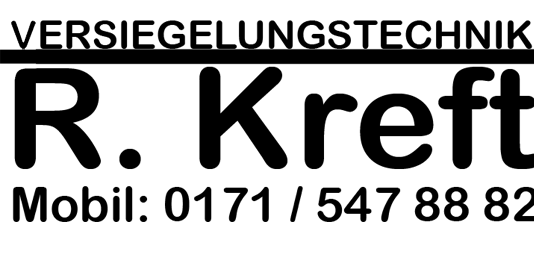.jpeg)
When you decide to go Pro, you can try for 30 days to check if you need to pay for the additional features. The Pro plan enables you to schedule employees, generate safety reports and upload notes as well as site photos. OnTheClock makes it easier to optimize labor costs as well as estimate project time and costs through tools for scheduled hour estimates as well as project and cost estimates. Monitor hours and timecard exceptions and review hours to ensure employees are entering hours according to their schedule. ADP’s Time Kiosk seamlessly integrates with the ADP payroll solution, saving employers time and money.
- This means that users only need one username and password, so there is no re-keying or difficulty accessing the system due to forgotten passwords.
- With cloud-based time and attendance systems, a smart time clock records the information, calculates the total hours immediately and sends them to payroll automatically.
- Time data flows directly to payroll to avoid manual, and potentially error-prone, data entry.
- ADP’s employee time tracking software eliminates the need for paper timesheets, tedious data entry and manual calculations.
- OnTheClock supports multiple punching methods, such as biometric recognition, fingerprint punching, kiosk with PIN, mobile and desktop punching to prevent buddy punching and time theft.
- According to Forbes Advisor’s evaluation of more than a dozen time clock software choices, Time Doctor is the best overall app for clocking in and out.
Although most industries have the same basic time clock software requirement for clocking in and out times, tracking break times, and more, others have more specialized needs. For instance, retail, restaurant, construction and field services industries have more specific requirements, such as shift scheduling, geofencing and point-of-sale (POS) integration. If your employees need to be in different places for doing their work, it is crucial that the time clock software has GPS and geofencing capabilities.
Why is timekeeping important?
Employee’s time data is automatically used to run payroll to eliminate administrative burden and potential errors from re-entering payroll data. Cloud-based, timekeeping software helps streamline communications, eliminate unnecessary processes and minimize under-staffing and over-staffing. Whether you have a few employees or thousands, you can benefit from time-saving automation, payroll integration, and real-time reporting using ADP’s time and attendance solution available in Canada and the U.S. Cloud Connect – No software required, simply plug the ADP 300 in to power and give it an ethernet connection to your router. Cloud Connect – No software required, simply plug the ADP 700 in to power and give it an ethernet connection to your router. Cloud Connect – No software required, simply plug the ADP 300 in to power and give it an ethernet connection to your router.
Employees also have access to these reports and can also use them to understand how they can be more productive and efficient. The Basic plan is for $7 per user, per month, but if you pay annually, it’s $5.90 per month. It includes tools for time tracking, tasks and project management, unlimited screenshots and activity tracking for productivity measurement and one month of data storage. Workers enter their time and the software takes care of the rest to help you save time and reduce errors.
Tell us about your business needs and we can customize a demo for you, show you the general pricing, and the benefits of using ADP’s time and attendance software for your employees in Canada and the U.S. ADP Time Kiosk help employees stay connected and helps turn any mobile device into a virtual time clock for your team. BYOD for Apple and Android tablets helps control hardware costs with ease and flexibility. ADP time and attendance solutions make it easier and faster to create schedules that work for everyone. You can spot trends and correct gaps in coverage before they negatively impact your environment, and employees have access to self-service features for improved productivity and engagement. We’ve seen a tremendous amount of value added since implementing Optimized Scheduling.
How do I keep track of my employees’ hours?
- Workers enter their time online and the time and attendance software takes care of the rest.
- Scheduling shifts and break times can help you be compliant with labor laws as well as prevent unauthorized clock-ins.
- Forbes Advisor chose busybusy as the best time clock software for field employees because it is designed specifically for them.
- This reduction in administrative tasks allows managers to focus on compliance with payroll regulations more efficiently, while also saving time.
- A successful workforce management strategy is one that remains open to new ideas and ways of doing business.
- The system will then analyze hourly labor based on the set parameters and calculate overtime accurately.
- Designed to make work more open and flexible, ADP’s employee time tracking captures hours at the source and processes time worked and time off based on your company rules and policies.
ADP Workforce Now On the Go® allows me to keep track of their time and from there its straight forward to process payroll. This guide is intended to be used as a starting point in analyzing employee time clock and is not a comprehensive resource of requirements. It offers practical information concerning the subject matter and is provided with the understanding that ADP is not rendering legal or tax advice or other professional services. Mobile timekeeping, time-off requests and schedules are available as part of the ADP Mobile app, along with payroll, benefits and other information that can assist you with HR management. Real-time access to time off balances lets employees easily see if they have vacation days or sick time available and helps managers make faster approval decisions. Advanced employee scheduling capabilities reduce the amount of time it takes for you to create schedules and fill last-minute shift vacancies.
Automated time tracking for accurate payroll and efficient workflows
ADP time clocks enhance functionality by using biometric identification techniques. These include fingerprint scans, facial recognition, voice commands, or PIN codes that allow employees to punch in and out while directly updating their timecards. Yes, complying with the Fair Labor Standards Act (FLSA) and controlling overtime costs are two of the biggest benefits of online time and attendance solutions. Employee time tracking starts with the proper classification of workers, followed by automatic and accurate calculation of hours worked during the pay period. Managers only need to approve timecards, not calculate hours or apply overtime rules.
Other Apps By ADP
Automatic Updates – Keeps your timeclock on up-to-date software for stability and reliability. Automatic Updates – Keeps your timeclock on up to date software for stability and reliability. View your employees’ statutory holidays and paid time-off on your schedule to help you identify who is available to work.
Employee time tracking
Her postgraduate degree in computer management fuels her comprehensive analysis and exploration of tech topics. If you operate in an industry with specialized time clock needs, look for software that is designed specifically for you. Busybusy also has an à la carte Premium plan where you pay only for the tools you want. You need to get in touch with their sales teams to get the lowdown on features included and their pricing.
Using it, you can instantly calculate hourly totals based on your payroll policies, including overtime, and avoid costly mistakes. adp time clock software Time data flows directly to payroll to avoid manual, and potentially error-prone, data entry. Employees can clock in and out using voice commands, facial recognition, biometrics such as finger scans, or a PIN code to automatically upload punches directly to timecards. This can help employees clock-in and out themselves and not for each other—a common occurrence known as “buddy punching”. The design and experience remain consistent, with all data centrally maintained. Employee data seamlessly integrates across HR, payroll, and timekeeping modules, ensuring reliable access from any location and flexibility to meet changing business requirements.
Does Google have a time clock app?
Workers can sign in and out using a computer or mobile device (like tablets and smartphones), based on the specific software the company has adopted. With so many time clock software systems available in the market, choosing one that fits your needs can be a challenge. To help make the decision easier, Forbes Advisor found the seven best time clock software for small businesses. Managing employee time and attendance is an essential business function, yet many continue to rely on outdated, manual methods that are laborious and prone to mistakes.
.jpg)
In today’s fast-paced business environment, the move toward innovative time collection methods is a game-changer. This shift toward new technologies significantly boosts accuracy and saves considerable time. By transitioning from outdated practices to contemporary solutions, businesses can enhance operational efficiency and substantially improve the accuracy of managing payroll. Give your employees and supervisors the ability to complete time-sensitive tasks quickly, easily and in a way that works best for them. ADP’s time and attendance solutions are built with self-service in mind and are compatible with smart time clocks, computers and mobile devices.






.jpg)
.jpg)
.jpg)
.jpg)
.jpeg)
.jpeg)
.jpg)



